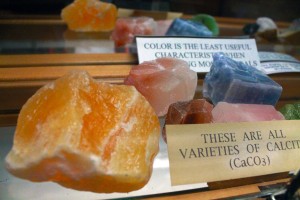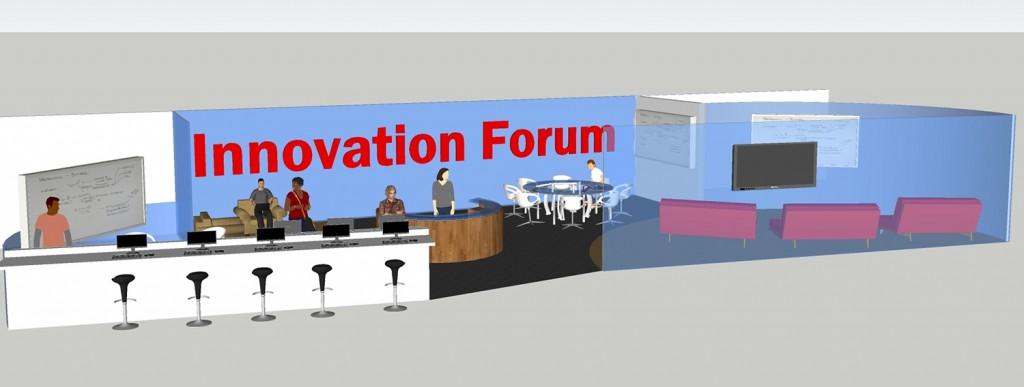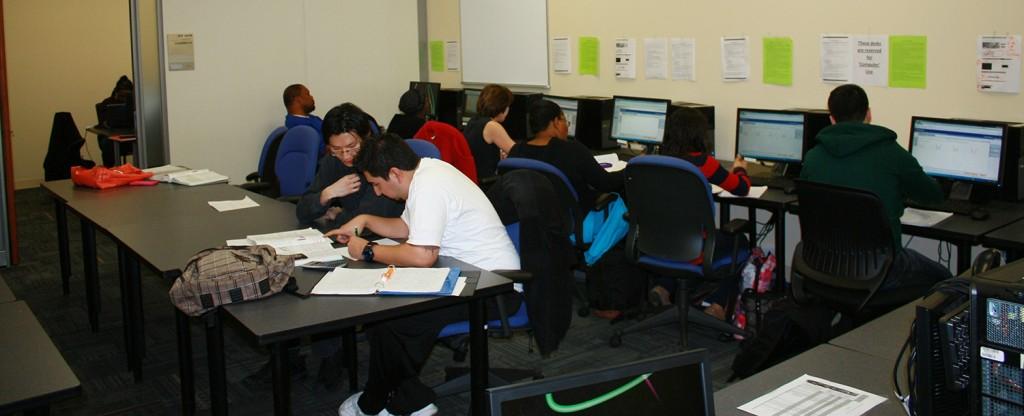By Brittani Turner/reporter
As unemployment rises, one field of work still holds opportunities for new college graduates, especially minorities.
One of the many reasons that the University of Texas at Arlington partnered with Tarrant County College in the new Diversity in Geoscience program is to encourage students from underrepresented groups to consider majoring in the geosciences and to establish a smooth transfer process between these schools.

The institutions received a $200,000, three-year grant from the National Science Foundation to provide resources for students’ participation.
Studies show that Hispanics, African-Americans and other minorities are less represented in the area of geosciences in contrast to the population.
“Unless minority groups are represented in this field as evident within others, the geological sciences will have a shortage of workers,” said Dr. John Wickham, UTA’s earth and environmental sciences department chair.
The program provides several resources to attract and encourage new students. UTA and TCC will assign a mentor to each student to monitor their progress. Summer field trips during the first year are funded by the grant, such as a recent one to Hawaii. Faculty will also assist students with placement in summer research jobs after the second year.
“Twelve students have been recruited over just a year,” Wickham said. “They have been successful and well on their way to graduating.”
Students are recruited by professors through the Introduction to Geology courses at both TCC and UTA. Students may also be admitted as freshmen if ranked in the top 25 percent of their high school class or have at least a 2.8 GPA.
Gary Smith, NE Campus academic affairs vice president, said he sees several possible reasons for the shortage of minorities in geological sciences.
“I believe it’s cultural,” he said. “There are no geological role models, and public schools do not push geology.”
It’s important to have a diverse representation because it’s a great way to move up the socioeconomic ladder, Smith said.
“Like in nature, diversity is necessary for survival,” he said.
In this case, diversity in work interest is necessary for the economic stability as well as continuing the studies of the earth, Smith said.
The two schools would like to see the program become a national model for future students.
“As vice president for academic affairs, I hope to be able to move as many minorities into science as possible,” he said.
The intended impact is for students to develop a passion for geology that helps to motivate their studies as well as lead them to a financially secure job.
The participation requirements are designed to help enhance the student’s interest. In addition to the coursework, students would participate in a two-week, tuition-paid summer field trip excursion to the western United States after the first year of study. A part-time job as a paid research assistant with a UTA faculty member would follow the second year of participation.
For more information, go to www.uta.edu/cos/digit.



























